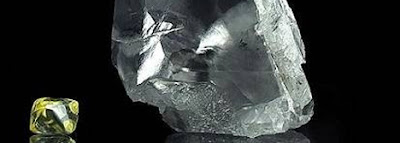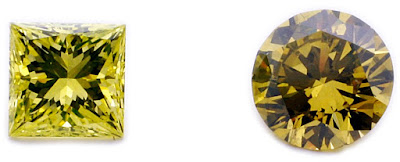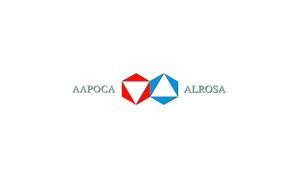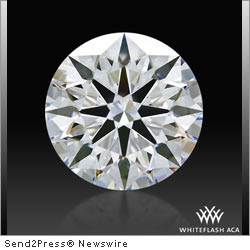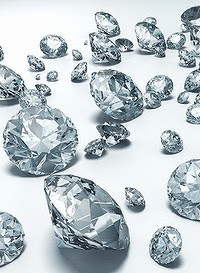
Zimbabwe’s economy does not seem to be changing for the better despite the discovery of precious gems — diamonds — which many thought, would have by now catapulted the country’s economy to greater heights and created thousands of jobs for unemployed youths.
Five years after the discovery of diamonds in Marange, the country’s future does not look as bright as initially thought.
The questions many Zimbabweans are asking today are: How many carats of diamonds have been mined to date and where have these precious gems been taken to?
Braitwood Institute of Gemology director Bernard Mutanga whose company is into rough diamond cutting and polishing, lamented the failure by the government to allow many colleges to train locals in diamonds.
“There is no college that is offering courses in diamond cutting and polishing at the moment and the country is losing a lot of revenue because no value addition is being done to our diamonds,” Mutanga said.
Finance minister Tendai Biti in his Mid-Term Budget Review statement said: “Wherever rough diamonds exist and are not managed transparently and openly, they become a major source of suspicion, conflict and national dislocation.
There are times when resources, instead of being a blessing, can become a curse.”
Biti said local diamonds continue to be curtailed by problems associated with the Kimberley Process Certification Scheme as well as internal issues of transparency and accountability.
“The reality of Zimbabwe’s situation is that there is no connection between Zimbabwe’s income from diamonds, its output and international prices,” he added.
The minister also said between January and June 2011, the country exported 716 958,50 carats from its alluvial diamond mines in Marange.
However, Biti said, during the first half of 2011, only $103,9 million of diamond export shipments was accounted for and despite the huge production at Marange, no payment has been received by Treasury for income earned between January and June 2011.
“It is therefore, imperative and urgent that the government concludes its work on the Diamond Revenue Bill. This Bill will create a proper legal framework dealing with the audit trail of all diamond revenue, its sharing and distribution, as well as Zimra (Zimbabwe Revenue Authority) at both production and marketing levels,” Biti said.
Core-mining and mineral resources director, Lovemore Kurotwi, who is also shareholder in Zimbabwe Diamond Education College, was reluctant to comment on what was being done to local gems.
“If you want to know more about what is happening with diamonds in Zimbabwe, Minister of Mines Obert Mpofu would know better. My company is not doing anything as of now and the college is yet to get the licence to buy rough diamonds for practical lessons. We, however, hope to get the licence soon so that we can begin operating,” Kurotwi said.
Many Zimbabweans seem not to understand who is actually benefiting from the proceeds from the gems.
Many would have thought creating a diamond centre where all companies dealing with the precious gem would be working, would be a major breakthrough in ensuring transparency and accountability.
Analysts argue that just a few individuals in the government positions are aware of what is happening to the precious gems, but the whole nation is in the dark.
“The government is on record in trying to promote ‘black empowerment’, but it seems when it comes to natural resources that are supposed to benefit the nation, the opposite is true and the concept becomes ‘politician empowerment’,” said an analyst.
“Zimbabwe would benefit if more people were trained in adding value to the diamonds. This will also create jobs for our unemployed youths.”
Non-diamond producing countries such as Belgium, Israel, India and many others are benefiting more than Zimbabwe because of the way their diamond industries are managed.
India employs more than a million people in the diamond industry.
“Diamond industry has its down and upstream benefits in any country as it creates employment starting from mining, cutting, polishing and jewelry making. Many other sectors such as insurance, transport, banks, clothing industries and agriculture also benefit from people employed in the diamond industries,” an analyst added.





